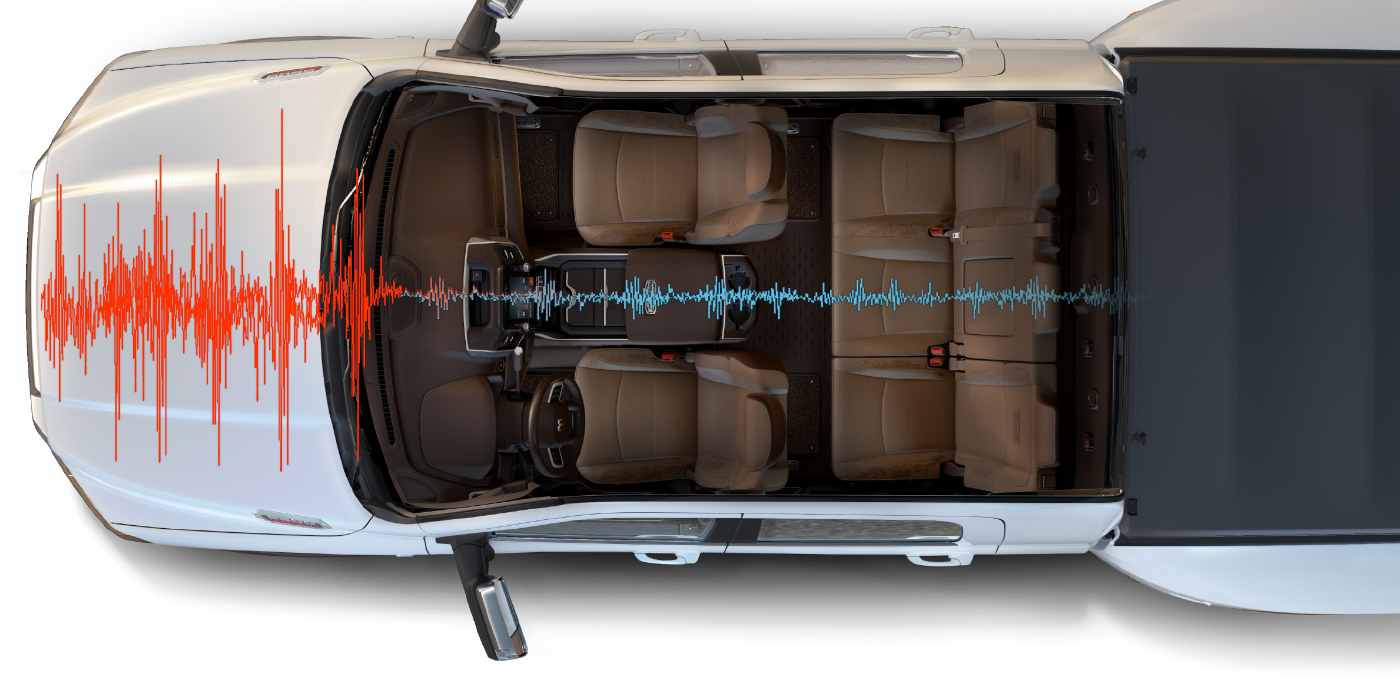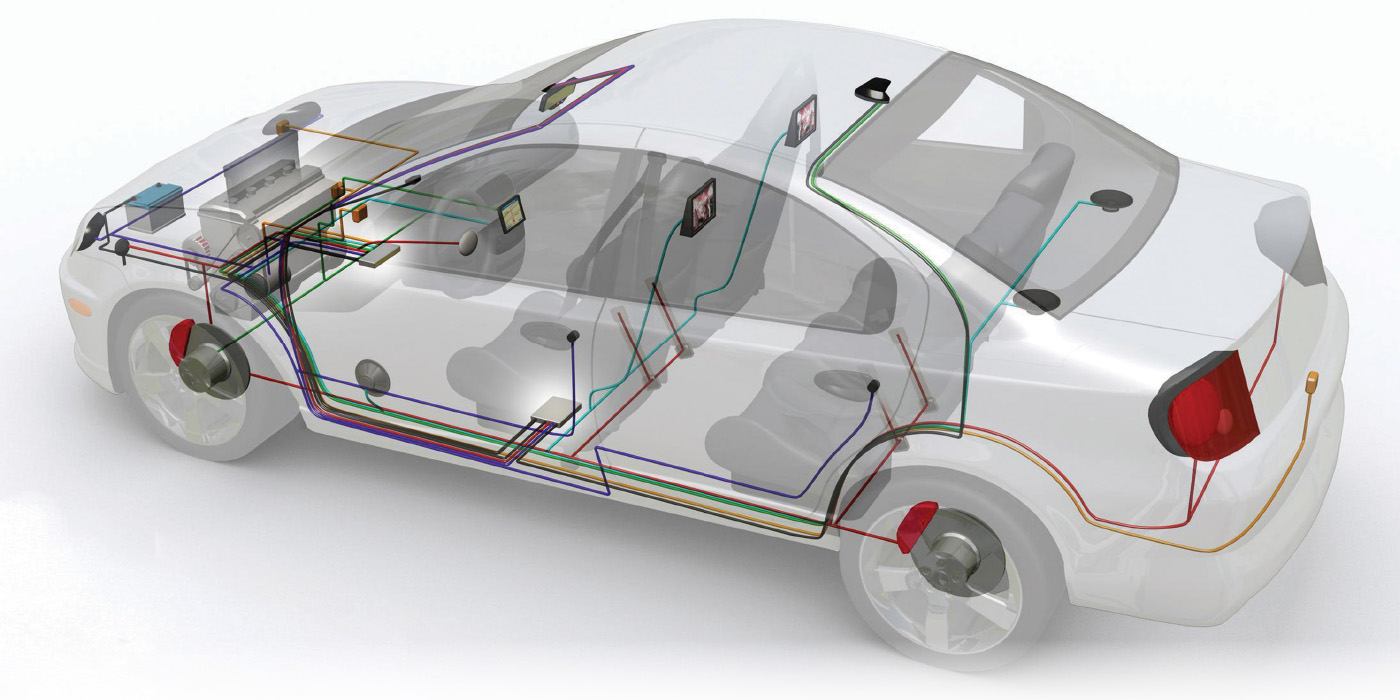Smoke technology is a quick, simple solution for troubleshooting leaks in virtually any closed automotive system. In fact, finding leaks with a smoke machine is as simple as looking for the smoke, or the fluorescent dye it deposits, exiting the leak. And virtually all automakers agree, a smoke machine is the fastest, easiest way to find leaks in the EVAP (fuel vapor recovery) system.
From fuel vapor recovery systems to exhaust systems — from oil leaks to vacuum leaks — even finding passenger compartment wind and water leaks are a quick and simple fix with a smoke machine. Finding leaks in virtually any closed system couldn’t be easier to pinpoint and repair. Simply introduce the non-toxic, non-corrosive smoke (technically a vapor) into any system being tested, then look for the smoke or dye exiting the leak(s). If you see the smoke or dye, you’ve found a leak. Smoke testing can be safely performed with the vehicle’s engine off.
In the Shop
To find a leak in a sealed system, such as vacuum or exhaust, a technician first introduces smoke into the system. Once the system is filled with smoke, he or she simply looks for the exiting smoke or dye deposited at the exact location of a leak. Low pressure eliminates a risk of pressure damage to a system while allowing the smoke to escape at a rate that will allow smoke to visibly accumulate in the air near any leaks. Once the smoke is spotted, a bright halogen light or standard UV light will cause the fluorescent dye deposits to glow and will pinpoint the leak.
Finding EVAP leaks is basically the same as finding leaks in any closed system with one major exception. You need to use nitrogen. Virtually all automakers that recommend smoke for EVAP testing require the use of nitrogen. Because nitrogen is an inert gas, it eliminates the possibility of creating a flammable mixture inside the fuel tank. In fact, smoke machines designed to meet automaker (OEM) specifications for EVAP testing contain approved vapor solution and other features that protect both the technician and the customer’s vehicle — and won’t risk voiding the vehicle warranty. Best of all, a smoke machine that’s OEM-approved for EVAP testing can be used for both general and EVAP leak detection.
Testing the vehicle for wind and water leaks is easy. First, the technician turns on the vehicle’s passenger compartment ventilation system and allows it to draw fresh air from the outside to create slightly positive pressure in the passenger compartment. With a specially designed “smoke diffuser,” a dense smoke cloud is formed outside the vehicle along the path of window and door seals. Any air leaking from inside the passenger compartment will disturb the smoke outside the vehicle and will immediately signal the exact location and origin of the leak.
With the degree of accuracy and efficiency offered by today’s smoke technology, technicians and service managers can be assured that leaks can be pinpointed quickly and correctly the first time. And, the time saved in the troubleshooting process will translate into faster repair times, allowing more vehicles to be serviced over the same period of time and increasing overall profitability for everyone.
Note: The editorial staff does not endorse or disprove products mentioned in our Guest Editorials. They are for industry education purposes.
Phil Sasso is president of Sasso Marketing, Inc., a technical advertising & PR firm specializing in automotive tools & equipment. Sasso is an industry speaker and consultant.




